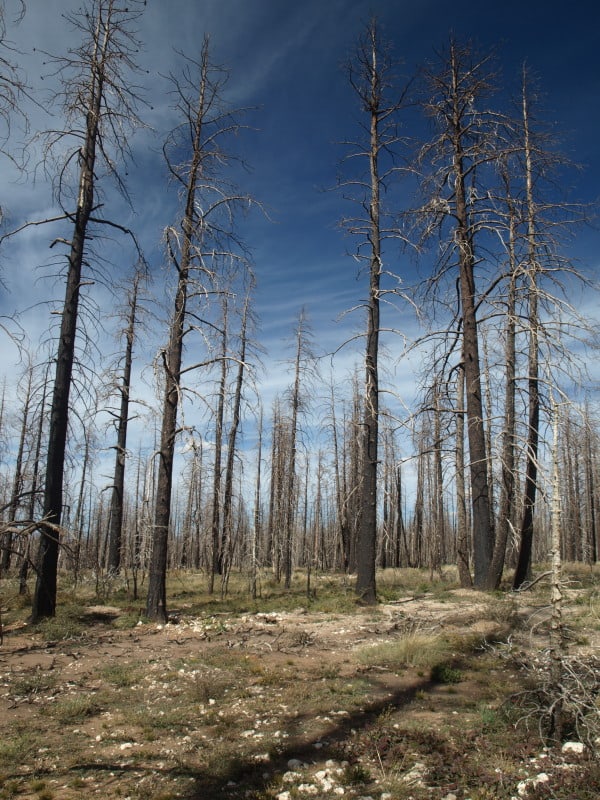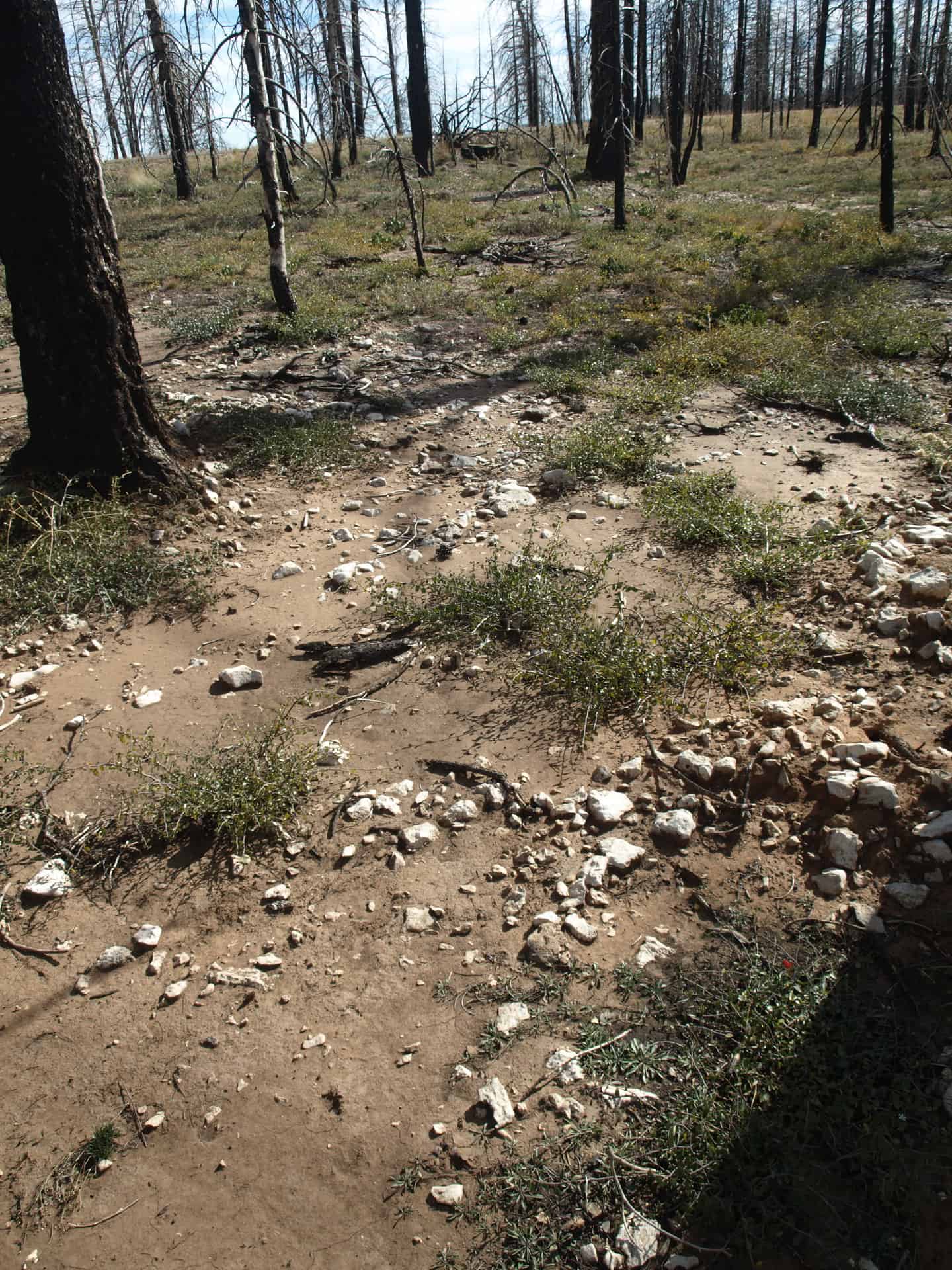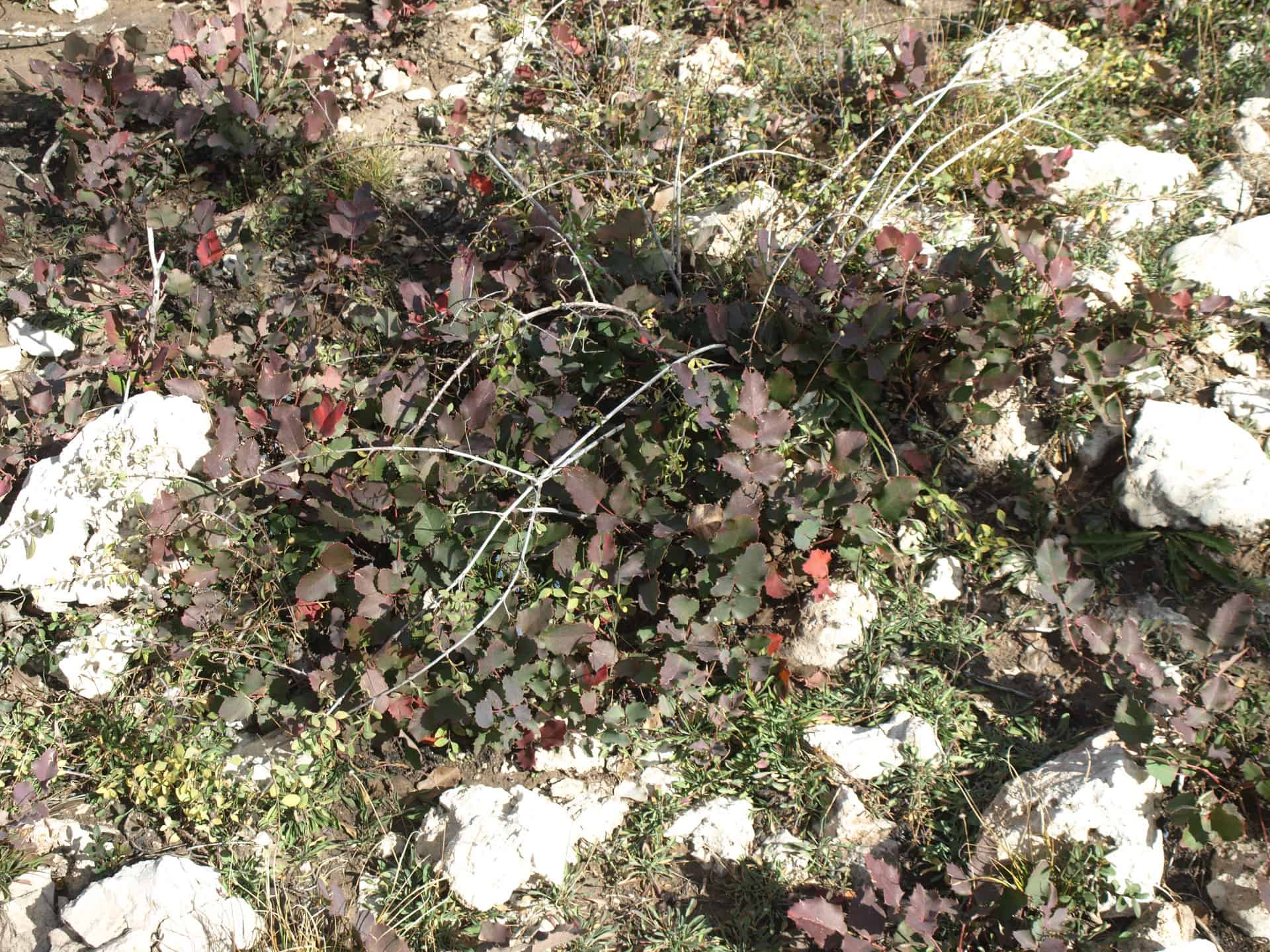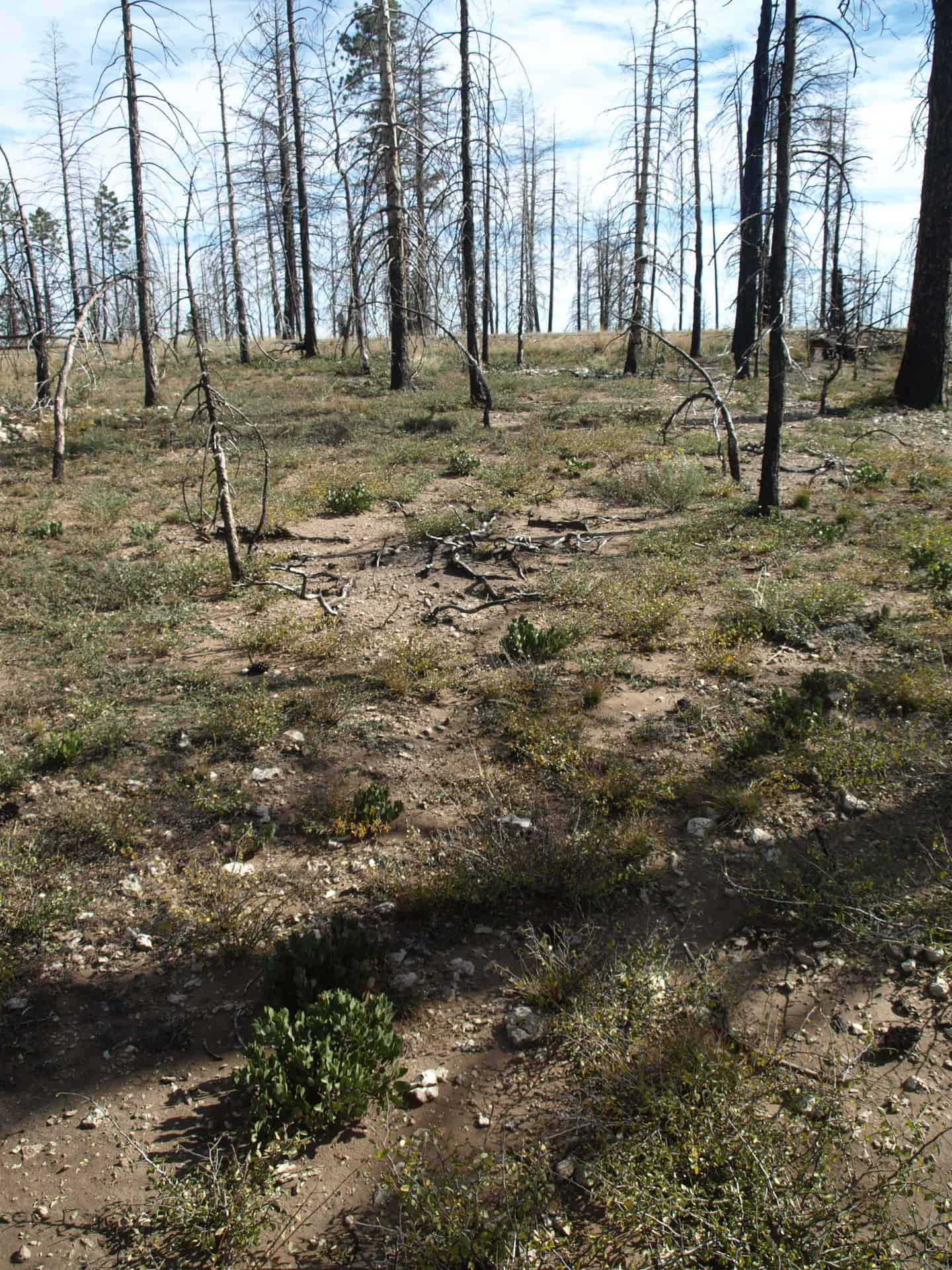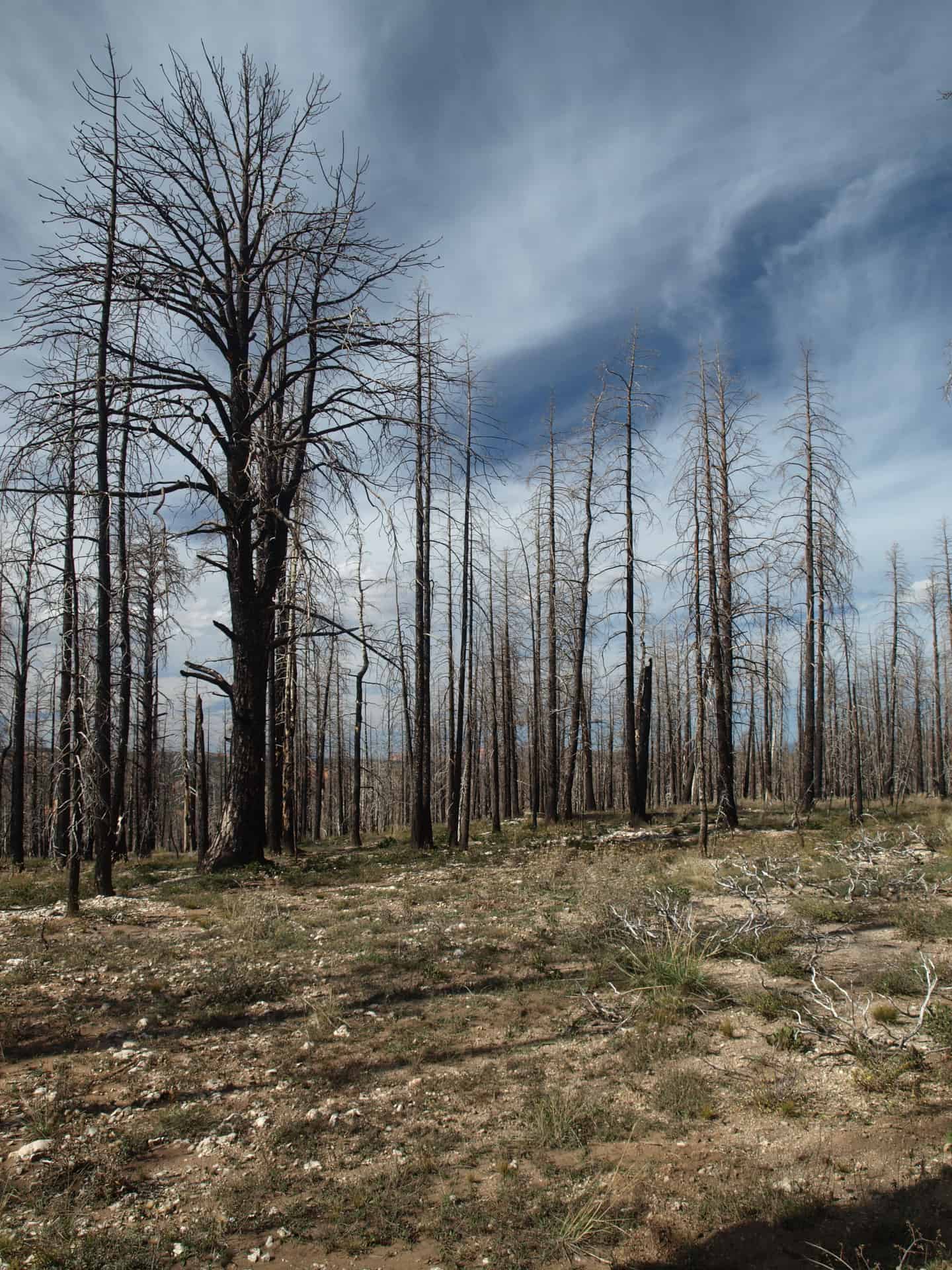
I’m posting this because I am a big fan of Jerri’s and I think it’s a good interview. While we are organizing our campaign about involving people in recreation management strategies, it’s nice to take some time to focus on good public service and servants.
Here’s the link and below is an excerpt.
: Was there anything about the fires that surprised you?
A: The fire itself didn’t surprise me. We were in severe drought conditions. We have only gotten 19 percent of our precipitation in the last two years — 19 percent a year. The surprise for me, the pleasant surprise, was the way the communities just all came together and all of the agencies, all of the leaders, there were just no egos. We were focused on one thing — making a difference in our community.
Q: What historical figure do you most identify with?
A: I always identify with the underdog. Because that was my life, people who didn’t believe in me. If there is an underdog out there, you will find me rooting for him.
Q: What living person do you most admire?
A: I have the most respect for my parents. The sacrifices they made so I can have the life I have today. That resonates with me, and I want to live my life like that.
Q: Who is your favorite fictional character?
A: Mabel Simmons, who is called Madea. It’s a character played by Tyler Perry. Madea is the matriarch of the family. She is no-nonsense. Let’s just tell the truth; don’t be afraid of who you are. She makes me smile, to be fearless in my life.
Q: Who are your real-life heroes?
A: The men and women who dedicate their lives to public service, in the military, firefighters, policemen, foresters. People who spend their lives on behalf of serving others, those are my heroes. The sacrifices they make, that is huge. People who say, I’m not in it for the money, I’m not in it for the fame. I’m in it for the service. It’s a privilege to be a public servant; it’s not a last resort. When you are thinking about the first job, think about public service. There is such honor that comes from that.
Q: What is your most treasured possession?
A: My Nikon D800. I love photography. If I’m on vacation I have my camera, if I am working I have my camera. There is so much beauty in my world, with what I do. I minored in photojournalism in college and I have loved photography since I was a kid. Now I have a job so I can afford better cameras.
Q: When were you happiest?
A: I think if I wake up breathing this morning , I’m happy. Happiness is a choice. People will let you down, things will disappoint you. It’s about being happy today, in this situation. I choose every day to find the good in others, the good in myself. How can you not be happy if you think about all of the things you have in your life?
Q: If you could come back to life as an object, what would it be?
A: I’d come back as a camera. They get to capture life. You experience the good, the bad and the ugly. Cameras have seen so much. That makes cameras pretty special. They capture the moment.




